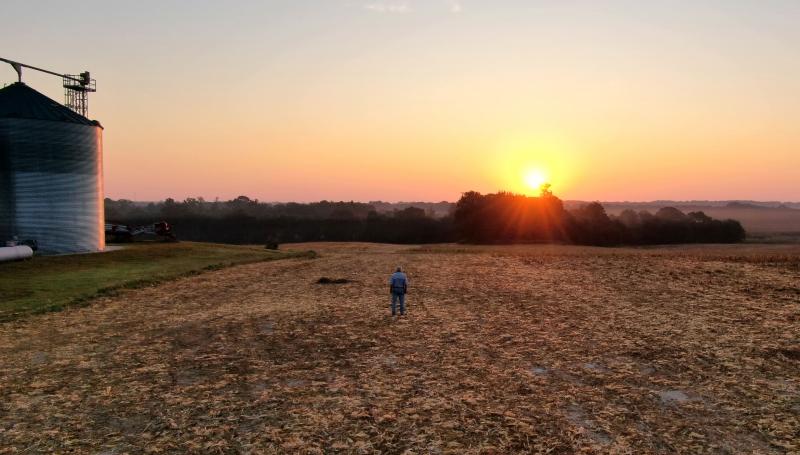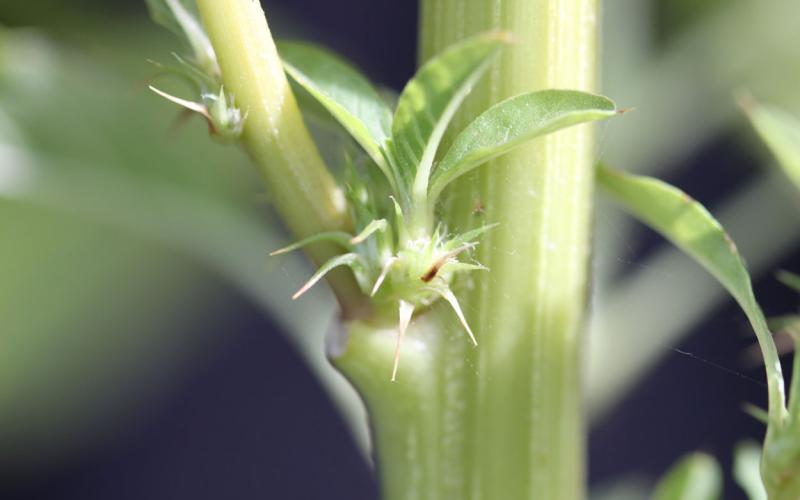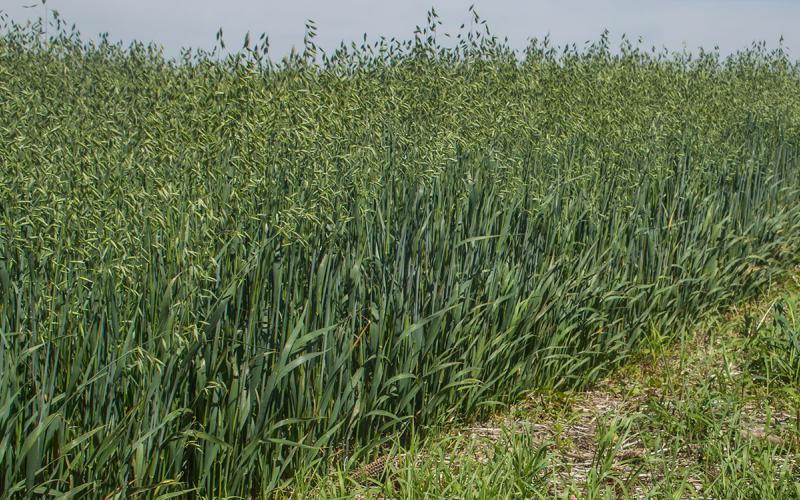Originally written with contributions by Gared Shaffer, former SDSU Extension Weeds Field Specialist.

Some herbicides can persist in soil, especially dry soil. The past year was a dramatic shift in weather patterns for most of the state. This time a year ago, the state was recovering from one of the wettest years in history. According to the April 29, 2021 US Drought Monitor, most areas of the state are in various levels of drought, except for portions of the east central region. Herbicide carryover could be an issue in 2021 across the state depending upon last year’s moisture levels and field conditions. Besides low rainfall being a factor for soil herbicide residues, low organic matter can be an important factor as well. When these conditions are associated with erodible soils with extreme pH, the risk of herbicide carryover is significantly higher. Carryover can pose the highest risk in headlands, or areas where overlapping is common. Further, the fields that received late herbicide applications the previous year are also at risk. Producers should be careful in choosing rotational crops and herbicide programs in light of future plans. Thorough inventory of herbicide labels and rotation restrictions can be found on in the publication, Herbicide Rotation Restrictions. This chart can be a useful tool to select the best herbicide plan for your land. Also, a field bioassay may be necessary before planting a crop that could be sensitive to a potential residual herbicide applied the previous year.
|
|
||||
|---|---|---|---|---|
|
2–3% OM pH less than 7.0 |
1–2% OM pH greater than 7.0 |
|||
| Herbicide | Active Ingredient | Crop |
|
|
| Atrazine 4L | Atrazine | Alfalfa |
|
|
| Oat |
|
|
||
| Soybean |
|
|
||
| Wheat |
|
|
||
| Classic | chlorimuron | Corn |
|
|
| Wheat |
|
|
||
| Command | clomazone | Corn |
|
|
| Wheat |
|
|
||
| Prowl H2O | pendimethalin | Corn |
|
|
| Wheat |
|
|
||
| Pursuit | imazethapyr | Corn |
|
|
| Sorghum |
|
|
||
| Scepter | imazaquin | Corn |
|
|
| Wheat |
|
|
||
| Treflan | trifluralin | Corn |
|
|
| Wheat |
|
|
||
*University of Nebraska-Lincoln threshold guidelines.
**ppb = parts per billion of active ingredient
Any herbicide concentrations equal to or greater than those listed above may cause crop injury.
Soil Residual Herbicide Sampling and Analysis
Detecting herbicide carryover in plant tissues may be difficult due to the plant’s ability to breakdown or metabolize some or all the herbicide. Therefore, soil sampling may be a better option to accurately detect any residual herbicide that is present in the beginning of the season. The following laboratories provide soil residual herbicide analyses in South Dakota.


